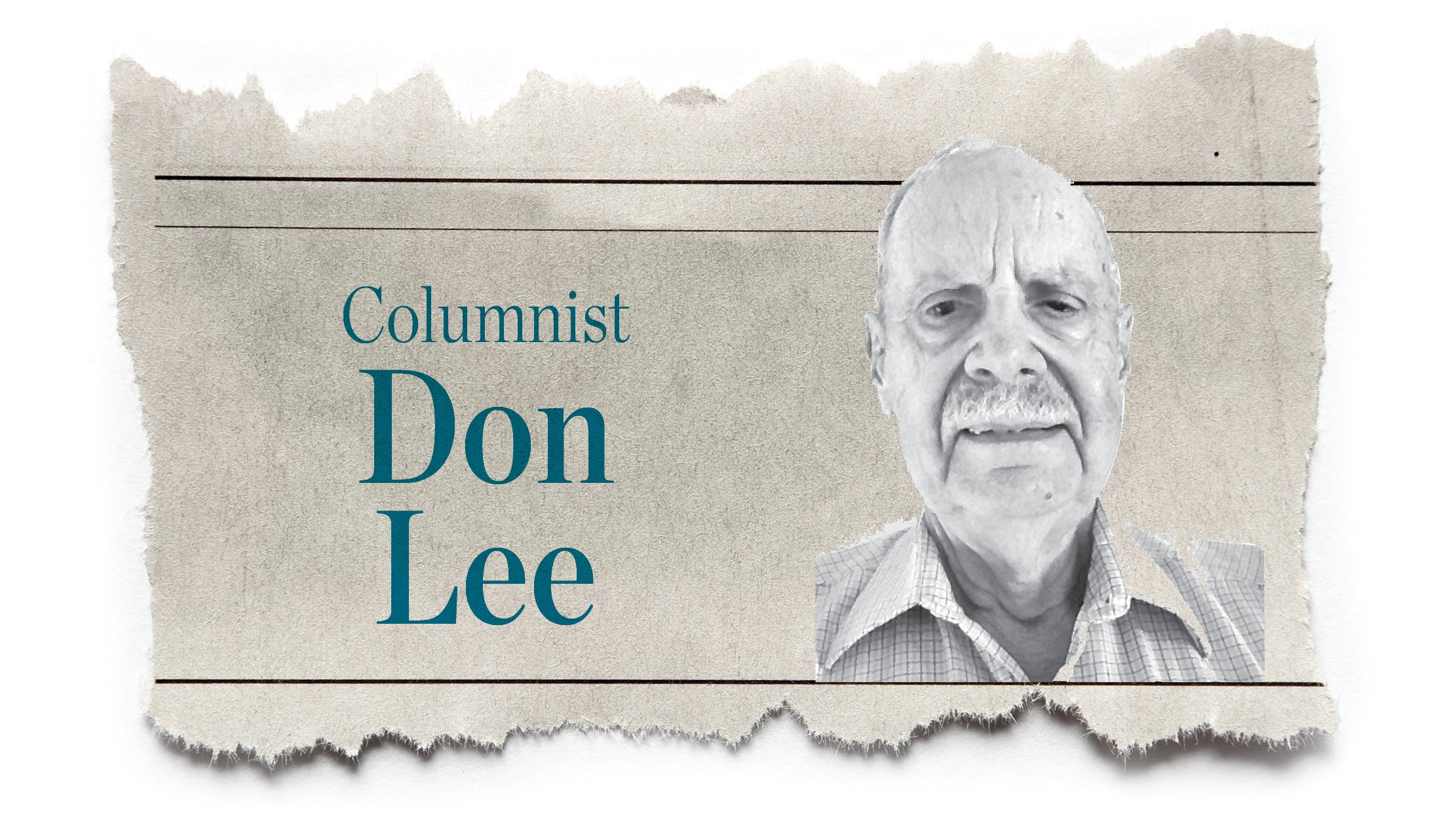Don Lee: Not worried enough? Then lets talk about asteroids
Published 12:59 am Saturday, November 7, 2020
T he story of asteroids is scary especially for the next generation or two.
According to astronomers, it is a certainty that the earth will be hit by a life-threatening asteroid. They just are not sure when.
The last large one that hit the earth was in 2013 which exploded over Chelyabinsk, Russia.
Astronomers could not see if coming since it was coming out of the sun, not really, but, with the sun in the background, it was difficult to see.
It hit the earth’s atmosphere a glancing blow. It was estimated to have been about 66 feet in diameter, traveling at 43,000 miles per hour and, when it exploded, it was brighter than the sun.
Some people beneath its path could feel the heat radiated from it.
It exploded at an estimated altitude of 14–18 miles above the earth. Some 1,500 people were injured, mainly from flying glass, and 7,200 buildings were damaged in the region.
It was estimated to have weighed between 13,000 and 14,000 tons.
The energy released was about 30 times more than the Hiroshima atomic bomb.
Another asteroid event was the close encounter with a larger asteroid that passed by the earth on the same day.
It is estimated that there are 25,000-plus asteroids out there that could be a threat.
I remember when I was in college, we passed through a meteor shower. I remember seeing dozens of guys lying on the ground in the residence hall’s quadrangle watching.
When a big one would light up, the guys would applaud. That was back in 1946 or 1947.
That question is, what can we do to deflect the big one that is headed our way?
NASA has a program addressing this problem. One estimate is that it would take at least five years to prepare to deflect a life-destroying asteroid.
NASA has their eye on an asteroid named Apophis that will swing by the earth in 2029 and return in 2035 or 2036 with the possibility of impact with earth.
There are a few theories on how to defect the asteroid.
One is blow it up with a huge nuclear bomb. This would only break it into small missiles which could wipe out cities.
Apophis has a diameter of about 1,000 feet and could be devastating.
The favored deflection strategy is to detonate several nuclear devices about 1,000 feet above the surface to affect the orbit enough to miss the earth.
Another idea is detonating a nuclear device under the surface to make a crater. Then, follow that with several other nuclear explosions using the original crater as a rocket nozzle to deflect the asteroid.
Another far-out idea is to use a tether to tie two asteroids together which would change the center of gravity and thus change the orbit.
Now you have another concern to worry about in addition to the outcome of the election, the COVID-19 pandemic and all those personal worries that you have.
Don Lee, a pilot flying out of Lawrence County Airport since 1970, has been in charge of equipment and grounds maintenance for the last several years. He can be reached at eelnod22@gmail.com






